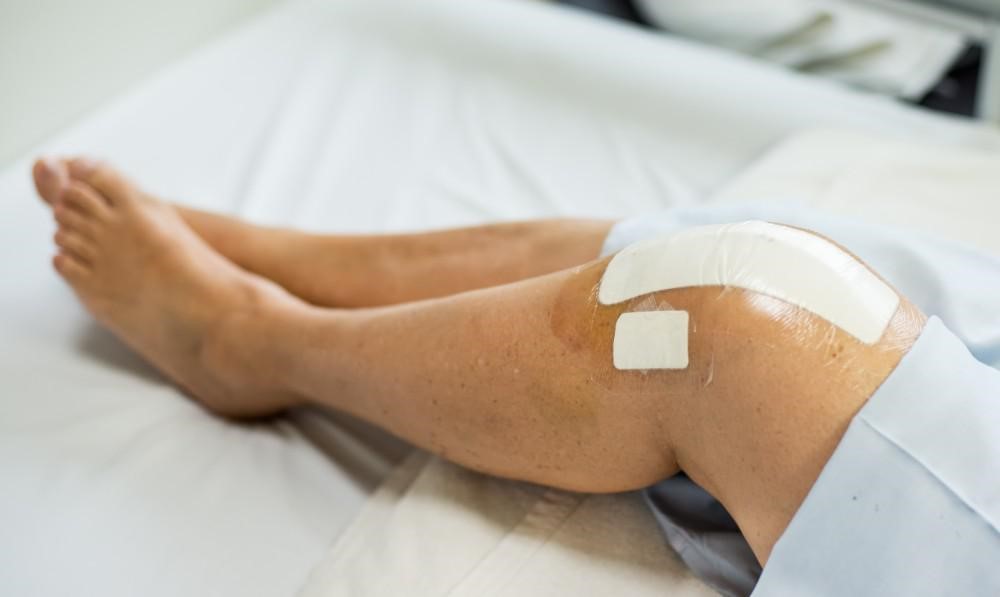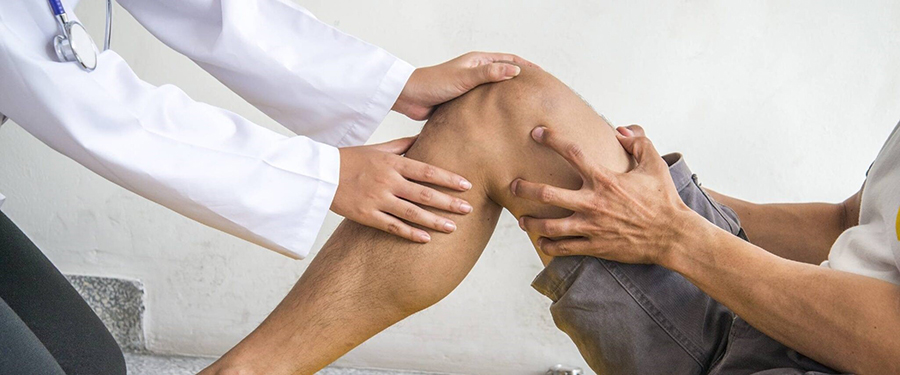The term “knee replacement,” also known as “knee arthroplasty,” refers to a surgical procedure to replace the weight-bearing surfaces of the knee joint in an effort to reduce pain and disability. This procedure is most frequently recommended when other conservative measures have failed to reduce joint pain as well as for other knee conditions like rheumatoid arthritis and psoriatic arthritis. Surgery may be more difficult and riskier in patients with severe deformity brought on by advanced rheumatoid arthritis, trauma, or chronic osteoarthritis. Osteoporosis rarely results in knee pain, deformity, or inflammation, so it is not a justification for knee replacement surgery. In this article by Mediranco info and tips are given about knee replacement recovery and rehabilitation.
In this article we will discuss :
- Following Surgery
- How Soon Will I Be Able to Move Around?
- GoingHome
- Getting Better at Home
- How Long Until I Feel Normal Again?
- Maintaining Your New Knee
- Final Words
- FAQ
Table of Contents
ToggleFollowing Surgery
You might be given a switch in the surgical ward that allows you to safely self-administer painkillers. Oxygen may also be administered to you using a mask or tubes. You may receive a blood transfusion if required.
Your knee will be covered in a thick dressing to keep the wound clean. Following surgery, a tube may be inserted to drain blood from the surgical site and prevent it from pooling inside the wound. Up until it heals, your wound dressing will be changed frequently.
How Soon Will I Be Able to Move Around?
The staff will assist you in standing up and moving around as soon as they can. You might be able to walk the day of your operation if you had keyhole surgery or are on an enhanced recovery program. After your operation, you will typically be assisted in standing within 12 to 24 hours.
in knee replacement recovery time it is recommended to use a frame or crutches when walking. After about a week, the majority of people can use walking sticks on their own. A physiotherapist will give you exercises to help strengthen your knee while you are in the hospital. These can typically be started the day following your procedure. To prevent issues or a dislocation of your new joint, it’s crucial to heed the physiotherapist’s advice. Walking and exercising may initially cause discomfort, and your legs and feet may appear swollen.
To regain motion in your knee and leg, a passive motion machine might be used on you. While you are in bed, this support will slowly move your knee. By keeping your leg elevated, you can lessen swelling and improve your circulation.
Going Home
Depending on your recovery and the type of knee replacement you receive, you will typically stay in the hospital for 2 to 3 days. Partial knee replacement patients typically stay in the hospital for a shorter period of time.
You might be able to leave the hospital the same day in some facilities. Contact Mediranco support for detailed info on this issue.
Getting Better at Home – how long knee replacement recovery?
The muscles and tissues surrounding your new knee will take time to heal, and you might initially feel extremely exhausted. If you have any specific concerns or questions, call your GPand abide by their advice. Following your hospital discharge, you might be eligible for up to six weeks of home assistance and assistance devices. Additionally, you might want to make plans for someone to assist you for a week or so.
Your physical therapy exercises are a crucial component of your recovery. You must continue talking to them when you get home. A physiotherapist will keep an eye on your recovery.
How Long Until I Feel Normal Again?
After six weeks of knee replacement recovery, you should be able to stop using crutches or a walking frame and resume your regular leisure activities. But the reduction of pain and swelling could take up to three months. Any leg swelling may go away after up to a year.
After surgery, your new knee will take up to two years to fully recover. Scar tissue will start to fade during this time, and exercise can help muscles recover.
Avoid extreme sports or movements that put you at risk of falling, such as mountain biking or skiing, even after you’ve recovered. You can get advice from your doctor or a physiotherapist.
Maintaining Your New Knee

To help knee replacement recovery manage any pain and swelling, keep taking any prescribed painkillers or anti-inflammatories.
- Keep up your exercises to help prevent stiffness, but don’t force your knee.
- Avoid sitting with your legs crossed for the first six weeks following your operation.
- Avoid putting a pillow under your knee while you sleep because doing so can lead to a permanently bent knee.
- Use your walking aids, but try to gradually reduce how much you rely on them as your leg feels stronger.
- Avoid knee twisting and wear supportive footwear outside.
- Apply an ice pack (or a bag of frozen peas) wrapped in a tea towel for 20 minutes every three to four hours to reduce any swelling after having surgery on the knee.
- Do not kneel on the operated knee until your surgeon says you can raise your leg when sitting.
Final Words about knee replacement recovery
Patience and diligence are essential during the first three crucial weeks, which account for 70% of healing, when it comes to knee surgery and recovery.
The first 12 weeks after surgery are crucial for healing and rehabilitation. You will heal more quickly if you stick to a plan and push yourself to accomplish as much as you can each day. Rehabilitation starts as soon as you are awake from surgery.

